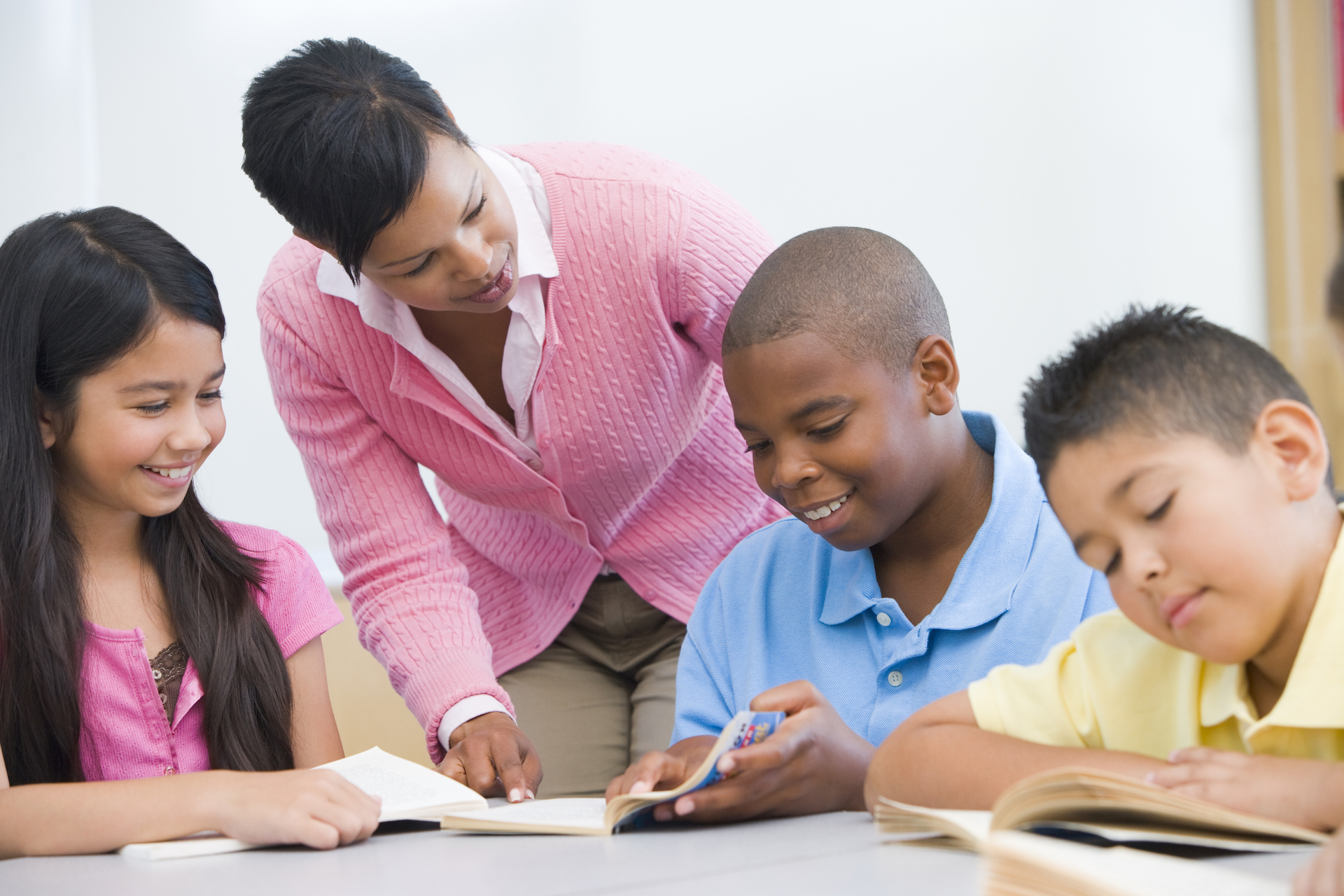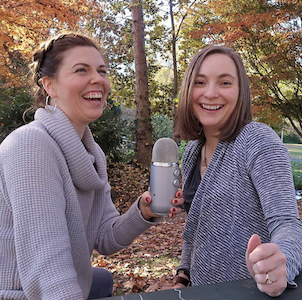
Four Tips for Working with Mixed Groups in Speech Therapy
February 4, 2019
This is a guest post from Sarah Lockhart and Sarie Wu from the SLP Happy Hour Podcast. Sarah has been an SLP for more than a decade, Sarie is in her first CCC-SLP year, and they both have experience working in the school setting. In this post, they’ll share their recipe for success to manage groups with students with a variety of goals.
Four Tips for Working with Mixed Groups in Speech Therapy, by Sarah Lockhart and Sarie Wu
You can hear SLPs talking about it around the virtual water cooler (also known as social media). A mixed group is when you schedule students together who have a variety of different needs - e.g. a language student with a fluency student, a social skills client and an articulation client, or (the most common mix) a group that has some students with language goals and some students with articulation goals. These groups can take more time to plan for a variety of reasons, including:
-
trying to plan a unifying activity that will suit a variety of goals
-
taking data and measuring progress when each student has vastly different goals
-
keeping student engaged as you switch from learner to learner or activity to activity
So, first off - a reality check. Running groups with a variety of students whose goals don’t overlap is going to feel hard. Heck, it is hard. But even though running groups still feels like a challenge, there are plenty of things we’ve learned over the years to make the process simpler, easier, and smoother. We’ve compiled these tips, plus the best advice we’ve received about running mixed groups - to create a primer for you on where to start. Think about this as “Running Speech and Language Groups 101”. Whether you are just getting started as an SLP, or have many years of experience under your belt, we hope these tips and ideas will help you to move forward running your groups with confidence.
Our Top Tips for Success
1. Have a Unifying Activity
Ideally, everyone in the group is doing the same activity. This helps keep behavior challenges to a minimum and keeps things running. Our favorite activities include: a coloring sheet, word search puzzles, dot to dot games, wordless picture books (or any book really), wordless videos, an easy (and we do mean easy) craft, throwing a bean bag or suction cup ball at a target, rolling dice for points, an easy turn taking game, a read aloud of a quality book on You Tube (we do this when we don’t have access to the physical book), or a guessing game (What’s in the Bag, I Spy). What the activity is doesn’t really matter. We’ve found when each student is doing the same activity, the group members are occupied (less interruptions), things flow more smoothly, and we see more on-task behavior.
If you absolutely can’t do a unifying activity, we’ve also tried stations. That means one student may be doing auditory bombardment with their sounds on an iPad, another student may be doing a “picture walk” through a book you will read together later, and another child might be writing down words with their target sound. The challenge of these rotations is that it really relies on having students who can stay on task and work independently, so if that doesn’t describe your learners - I’d suggest doing one activity everyone can do.
2. Behavior: Pre-teach, Teach, Re-teach
Managing groups is much easier when learners are on task. Have visuals for expected behaviors, and re-teach these expectations often. Keep your expectations simple, and keep visuals of them posted in your speech room. Our speech rooms only have three rules: take turns talking, hands to self, and do your work. Keeping it simple and keeping it visual will help your students be more successful.
You may also want to have a points system or token that goes into a jar when students are on task. We’ve found it is less important that there’s actually a prize at the end (many students just want the verbal praise or a few free minutes at the end of a session). The most important thing is keeping your focus on students who are following expectations.
Also, when it comes to behavior, think about offering flexible seating options for students. In addition, consider offering the choice of standing (instead of sitting) for some students, which helps some learners stay engaged.
3. Remember Their Age: Switch it Up
Since we work with learners from preschool-age to teenagers, we have to modify group sessions for individual needs, but also for how old they are. Preschoolers may need at least 4-5 activities per session, while our older students may do well with just 2 different activities. Keep your learners’ ages in mind. Switching things up when they need it keeps your learners engaged and keeps your session on track.
4. Your Recipe for Success: Fun and Flexibility
Keeping your lessons fun and flexible will keep things moving along. If you need to abandon a group lesson plan because your learners aren’t having it - not to worry. In fact, that happened to me (Sarah) when I had a great group lesson working on prepositions and past tense verbs - hide and seek with a toy. My learners were bored and it gave them an excuse to wander the room and get off task. So I had to stop that lesson midway and move on to another activity. If this happens - don’t feel like it’s all your fault. We all have lessons gone wrong (in fact, it happens so often it’s one of our regular podcast segments!).
You aren’t a “bad SLP” if you abandon ship when things go south. In fact, it takes a thoughtful and reflective SLP to realize a lesson isn’t going well and then to switch things up.
We’re All Learning
As you see your own speech and language groups this week, remember one thing: it’s not just hard for YOU to balance all of the energy, goals, and needs…it’s hard for everyone! No one (at least no one that I know!) feels like a pro at this. By preparing with a unified activity, creating clear expectations, switching things up, and remembering to keep it fun and flexible, you’ll have all the tools you need to lead your next group session with ease. Or at least, as easy as group sessions can be.
Sarah and Sarie
About the Authors

SLP Happy Hour helps busy SLPs find more calm and less chaos at work and at home through easy lessons, how tos, and habit change that focuses on simple, realistic self care. If you enjoyed this post, you may want to check out the SLP Happy Hour Blog. You can listen to the SLP Happy Hour podcast on your podcast player or here.
